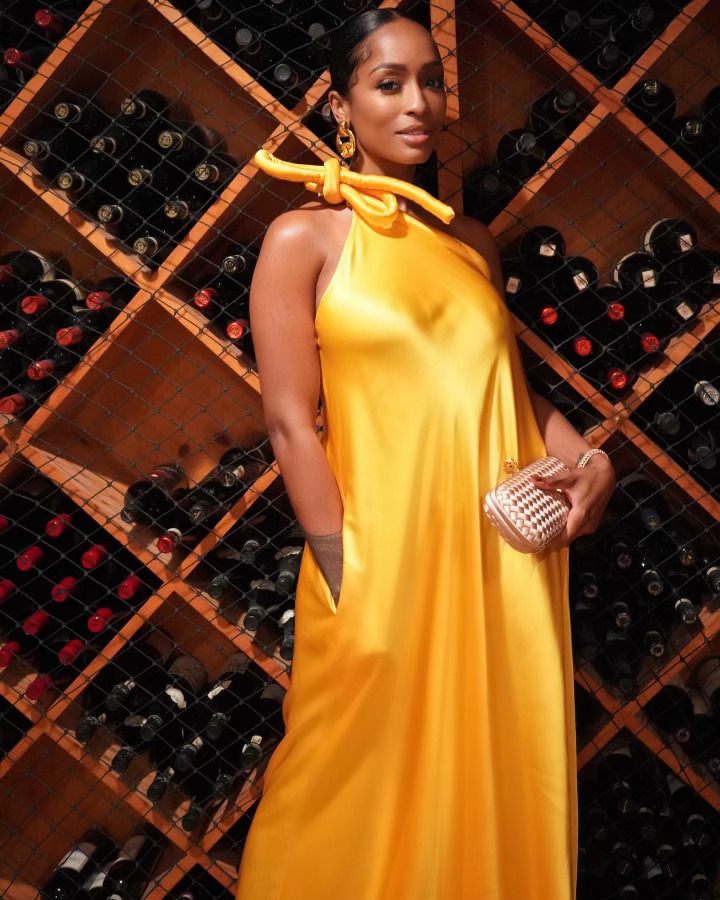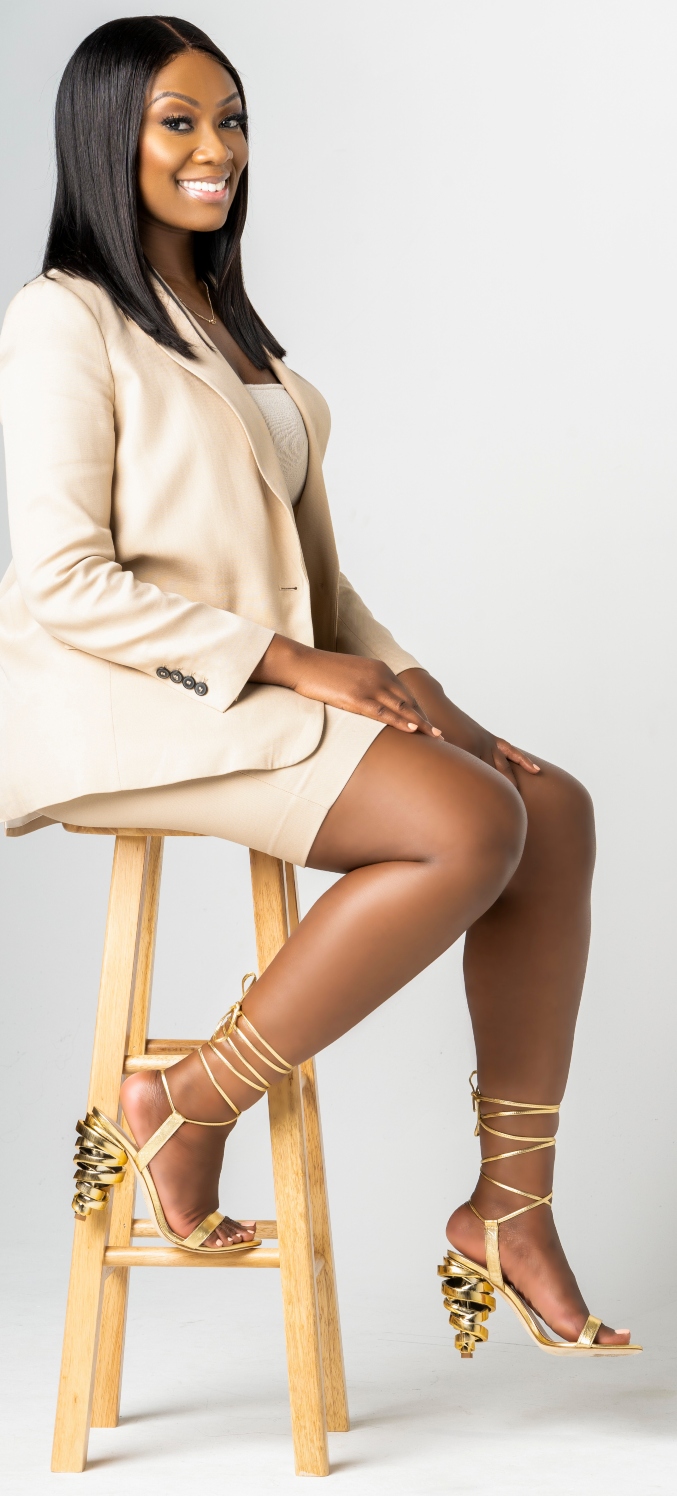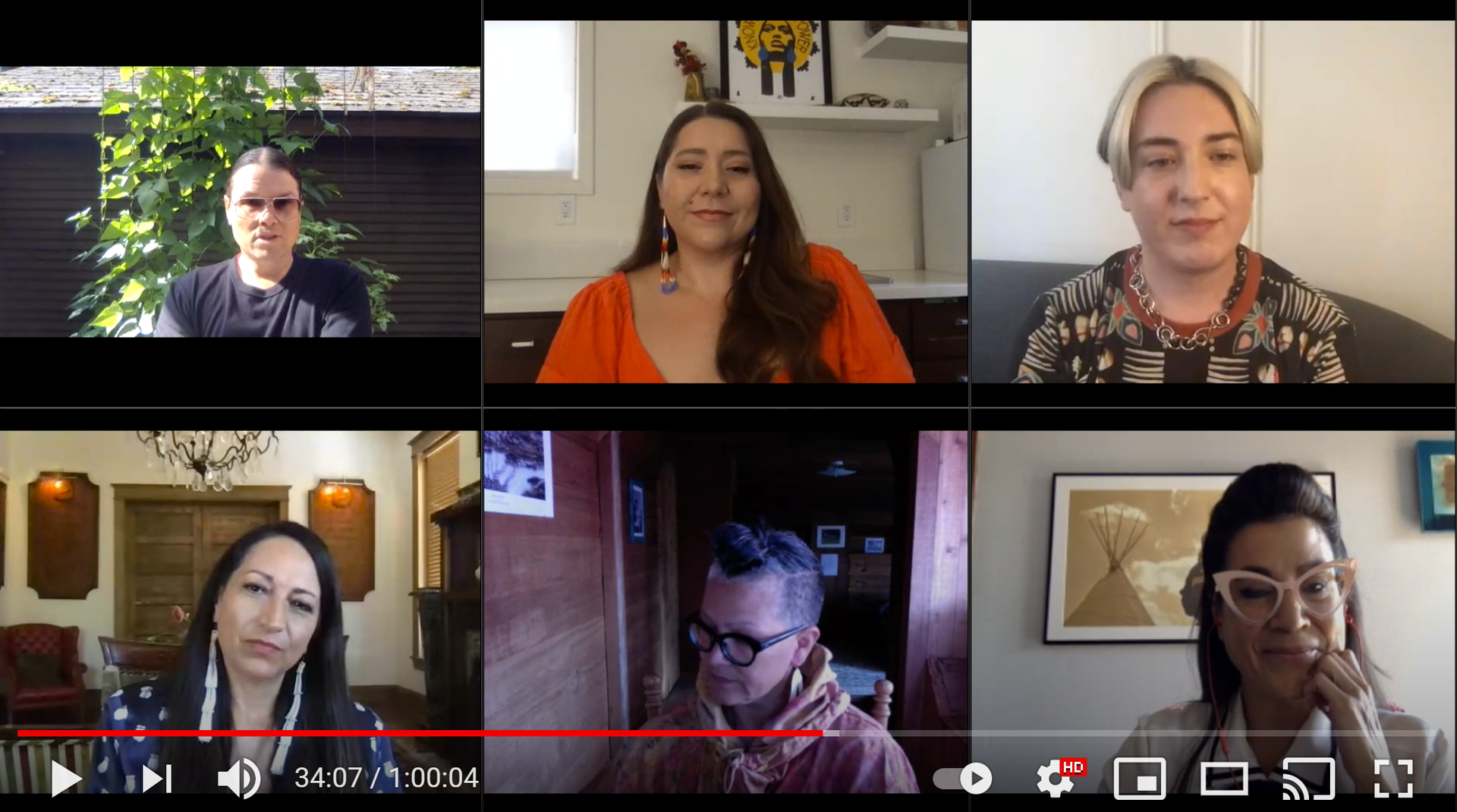What are your aspirations for Lionne clothing and Dillonger clothing?
There was a time when I longed to have my garments carried in luxury department stores; however, due to the current climate, that has changed. I want to focus more on perfecting my Direct-to-Consumer approach and connecting more with my customers. I’m hoping Lionne continues to grow nationally and internationally, as I eventually would love to dive into the home décor arena as well. Dillonger is a little more challenging as it isn’t easy to manufacture. Children’s clothing costs the same amount of money to produce as an adult brand does. The size range is cosmic, making it more costly. Sure, there’s less fabric involved, and that really is the only upside because the patterns and production cost the same amount as a brand made for adults.
Is there any advice or message about being a designer that you’d like to share with those looking to follow in your footsteps?
I would encourage people to start small. Starting with four to six pieces in your first collection is the best advice I can give – or begin with merchandise like T-shirts, hoodies, and the like. It’s costly, and you don’t know how the product will sell once it hits the market. Start small, see what sells best, and recognize your bestseller, then continuing producing that piece. Our staple is our white button-up; we have it in many twists, designs, and fabrics. My next recommendation is to make sure your finances are in order because that is a significant part, and some people don’t take that as seriously as they ought to.
Since it is Black History Month, I would love to know what this month represents for you.
I have blended sentiments about Black History Month because our culture and the things Black individuals have invented, defeated, and have had to overcome can’t just be applauded in one month. It ought to be celebrated all year; there’s simply too much to be discussed.
Is there any ancestor of ours you wish you could’ve met and why?
I definitely would’ve loved to meet Malcolm X! Malcolm’s tactics of by any means necessary and willingness to fight for his beliefs really resonates with me. In my hometown of Philadelphia, that is very much the mindset of many people in the urban community. We have to act boldly and not be afraid to speak up for ourselves to produce real change; the days of being silent and complacent are over.
Are there any Black Designers known or unknown that you would like to bring to the CFDA’s attention?
Anifa Mvuemba of Hanifa. Without a doubt, she’s somebody I can call up for help with navigating within this demanding industry and the fact that she’s black means so much to me! A19, a contemporary RTW brand established by Kara Chin, is also a great brand to watch. These two ladies are incredibly passionate about their craft, and I want to continue to see more African American female designers getting recognized for their hard work and talent.
LionneClothing.com



